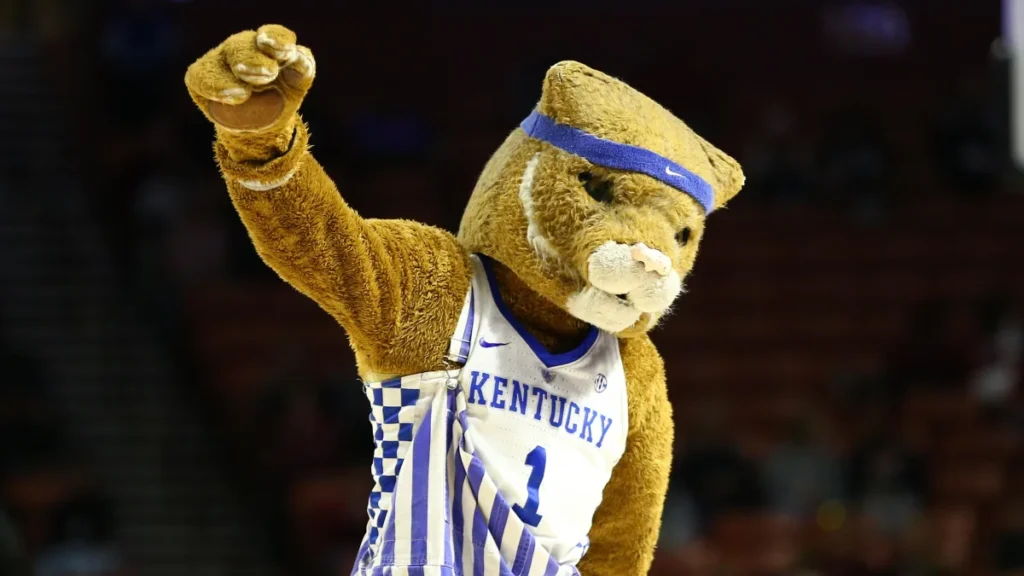In a bold move that has captured the attention of college athletics and sports media, the University of Kentucky has played a pivotal role in opposing the Southeastern Conference (SEC)’s proposal to cap Name, Image, and Likeness (NIL) spending per sport. The proposal, which would have limited the amount of money individual programs can offer athletes in exchange for their NIL rights, was met with significant pushback from Kentucky’s leadership, who argue that the cap would stifle competition and hinder the ability of programs to recruit top talent. This decision could prove to be a game-changer, not only for the Wildcats but also for college athletics as a whole.
The NCAA’s adoption of NIL rules in 2021 revolutionized the landscape of college sports, allowing athletes to profit from their name, image, and likeness. While these changes have empowered student-athletes, they’ve also created a new dynamic in recruiting and program building, with schools able to offer lucrative NIL deals as part of their recruitment pitches. Kentucky, known for its powerful basketball program and committed fan base, has recognized the importance of NIL in remaining competitive in the arms race of college athletics.
The SEC’s proposal to cap NIL spending would have placed strict limitations on the amount of money that could be allocated to athletes within specific sports. Kentucky’s opposition to this proposal has been seen as a defense of fair competition, arguing that restricting NIL opportunities would only benefit larger, wealthier programs while leaving others behind. Coach John Calipari, along with Kentucky’s athletic department, has emphasized the need for flexibility in fund allocation, particularly as college sports continue to evolve into a more market-driven environment.
Kentucky’s stance could set a major precedent for other programs across the country. By ensuring that NIL deals are as flexible and competitive as possible, Kentucky is positioning itself as a leader in the future of college sports. Other schools may follow suit, using this model to empower their athletes and attract top-tier recruits, potentially reshaping the way college athletics operates in the NIL era.
This move also speaks to Kentucky’s commitment to ensuring that student-athletes are not only compensated for their talents but also provided with the tools they need to succeed both on and off the field. With the Wildcats’ continued dominance in basketball and other sports, this bold stance on NIL could lead to long-lasting changes that impact college athletics for years to come, bringing about a new era of opportunities for student-athletes and programs alike.
As the debate over NIL spending continues, Kentucky’s decision may be viewed as a crucial turning point in the ongoing evolution of college sports, challenging traditional models of recruitment and compensation, and setting the stage for a more open and competitive future.
